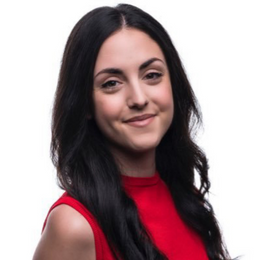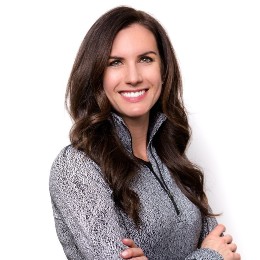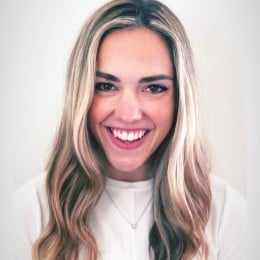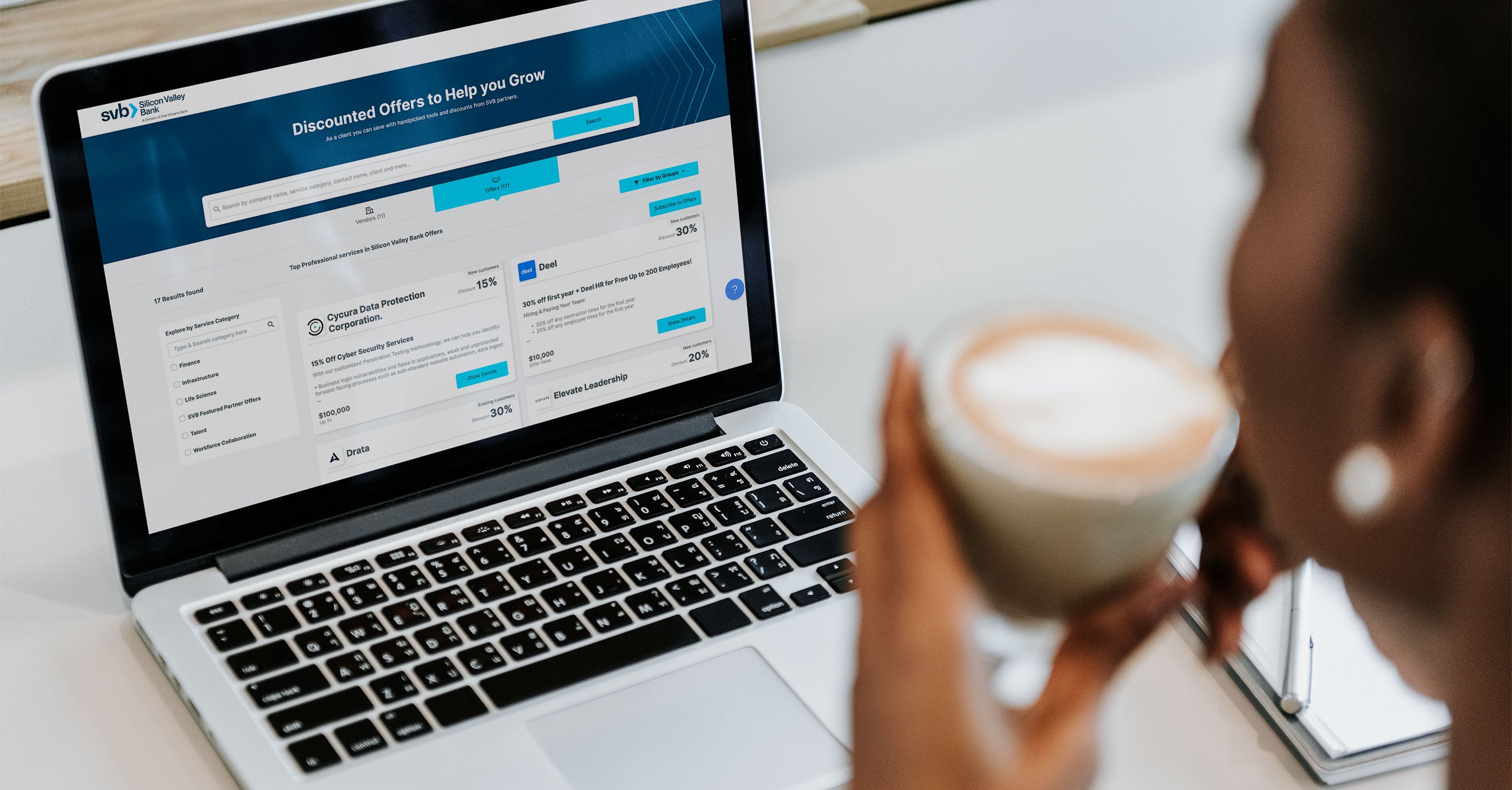When asked how they’re feeling about the state of today’s venture market, many founders express confusion or caution. They’re wondering: will we see much of the same this year, or is significant growth on the horizon? To explore this topic further, we gathered seasoned investors in NYC for a discussion with founders around new insights from SVB’s 2023 State of the Markets report and offer a glimpse into what might lie ahead for the innovation economy.
Panelists included:
- Graham Brown, Managing Partner, Lerer Hippeau
- Lucy Deland, Co-founder and General Partner, Inspired Capital
- George Matthew, Managing Director, Insight Partners
- Matt Nugent, Partner, L Catterton.
Here are some of the insights shared on the topics top-of-mind for founders:
On efficient growth:
Startups must be prudent and more efficient with their capital to succeed in the current environment, especially with interest rates where they are. VCs are looking for companies that can prove they have a capital-efficient model.
- “A 4x burn multiple is not investible. As investors we are willing to pay for growth – it is the entirety of our business, we just don’t want to pay for inefficient growth.”
- George Mathew, Managing Director, Insight Partners
On benchmarks for each stage:
- “At the seed, you’re selling the story. At Series A, you’re selling on momentum, real value and identification of the customer profile that will be the long term fit for your product. At Series B, you’re marked against your burn multiple, ICP and how you land and expand at your customers.”
- While revenue growth does matter at Series A, “Series A will continue to be a moving target. Don’t get too caught up in the multiple (of your company’s valuation).”
- “It’s not necessarily that the goalposts today are much higher than before, they are just moving back to the norm – pre-2021.”
- Lucy Deland, Co-Founder and General Partner, Inspired Capital
On burn:
Investors noted that burn is only a major challenge when the underlying fundamentals are going to prohibit that company from succeeding in the long run. If the unit economics work, investors say they can “stomach burn at a reasonable amount.”
- “You can’t solve your way out of upside-down economics such as LTV, CAC and gross margin.”
- George Mathew, Managing Director, Insight Partners
On early stage:
Investors want early-stage startups to demonstrate they can scale without burning through their cash. They’re willing to invest in companies with high burn but must see proof points that LTV will materialize.
- “There is a dynamic now where there is a higher willingness from VCs to fund new, interesting businesses at the seed, coupled with a high hurdle rate for Series A which is naturally going to negatively impact seed to A graduation rates (and maybe that’s a good thing).”
- Graham Brown, Managing Partner, Lerer Hippeau
On down rounds:
Down rounds are a reality. Founders shouldn’t view a down round as dead end, with 70% of companies bouncing back with another equity round, often at valuations over 100% higher. The number that matters is the number that gets you to the next stage.
- “My advice to founders is don’t treat a down round like a failure. The market mispriced you, and now it’s correcting and resetting. The best down round is one where your insiders lead. If it’s led by outsiders, my first question will be why insiders didn’t lead.”
– George Mathew, Managing Director, Insight Partners
- “It’s a disservice to the market for down rounds to be viewed as a failure. Sometimes taking a down round can actually be like giving your future self a gift.”
– Lucy Deland, Co-Founder and General Partner, Inspired Capital
On trends in boardrooms not yet reflected in the data:
Boardroom discussions are evolving. “The level of conversation and sophistication I’m seeing is way more nuanced than ever before,” said Matt Nugent, partner at L Catterton. “There is a realism and optimism hand in hand.”
While burn is a hot topic, the focus is shifting towards efficiency gains and ensuring sustainable growth through a selective sales approach. This means targeting the right customers instead of simply chasing numbers, particularly in the currently sluggish mid-market.
- For B2B sales, there is a “tale of two tapes” occurring, says Mathew. “Tech companies selling to other tech companies are having a tough time, while those tech companies focused on selling into enterprises are doing incredibly well. For my portfolio, Q4 was pretty darn good.”
- Deland agreed, “B2B sales are much more considered now. One benefit is that founders are spending less time selling to the wrong people. It’s no longer ‘growth at all costs’ but rather creating sticky growth.”
On serial founders:
The market is still pricing at a premium for second time founders according to Graham Brown, managing partner, Lerer Hippeau. He says VCs are investing in second-time founders with more conviction. They still face the challenges of any founder with finding product-market fit (PMF) and need a compelling reason to build what they’re building, but VCs find it promising that a second-time founder knows the roadblocks and has overcome them in the past.
For more insight into the venture trends and outlook for the innovation economy, read the 2023 State of the Markets report here.







